Translating Japanese Grave Markers
September 28, 2016
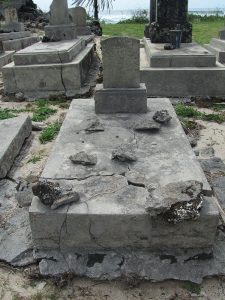
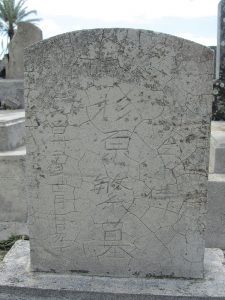
In the Kalaupapa cemetery records, the Japanese grave markers written in kanji are simply noted with “O.C.” for Oriental characters. For more than 80 years the markers went untranslated until one spring day in April, 2016. With the help of Rev. Yubun Narashiba, a Buddhist priest from Jodo Mission, and Lorraine Minatoishi, we now have English translations for everyone buried in the two cemeteries for Americans of Japanese ancestry at Kalaupapa. The grave markers total 66 between both cemeteries, Site G and Site K. The markers run the gamut of materials – sandstone, cement, marble and basalt. But, for many of the markers, the kanji script is eroding away due to extreme weather conditions on the peninsula – sun, wind, dirt and rain.
For accuracy, it was important for Rev. Narashiba to see the stone in person rather than translating using photos. He explained, “In a photo an imperfection or crack in the stone can be mistaken for a line in the script, and this can lead to errors when translating.” Some of the stones proved challenging and were difficult to read. In these cases, rubbings were done to enhance the kanji to make it more readable.
The grave markers revealed some interesting information. They echoed the migration pattern of Japanese to Hawaii – they came predominantly from the four southern Japanese prefectures of Hiroshima, Yamaguchi, Fukuoka and Kumamoto. There were also a few from Okinawa, Niigata and Fukushima.
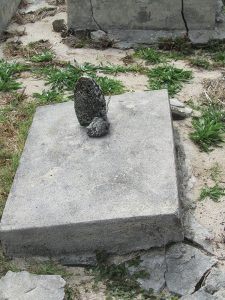
When we first looked at Shigeru Sugihara’s grave and marker, we initially thought it marked just one grave. But the translation indicated his child was buried there also. We swept away the sand and realized the smaller grave next to his was surrounded by a concrete border that encompassed both graves and set them apart from the other graves in that row. His child’s grave is marked simply by a small upright stone, and according to the inscription, they both died on the same day in November, 1932.
The most challenging marker to decipher was in ruins. But when we pieced it together, the marker indicated it was a memorial for five people, all who died on the same day.
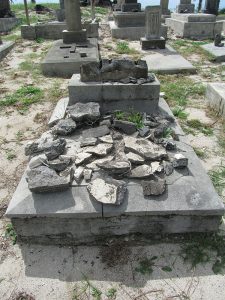
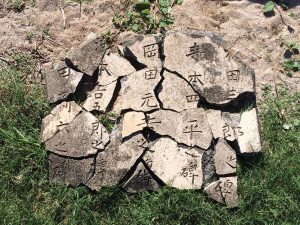
We are still analyzing the information in the translated markers, and names and dates are being verified against Board of Health records. Now we can place a name to the burial, and this is a wonderful project to connect families to their ancestors and loved ones buried at Kalaupapa.